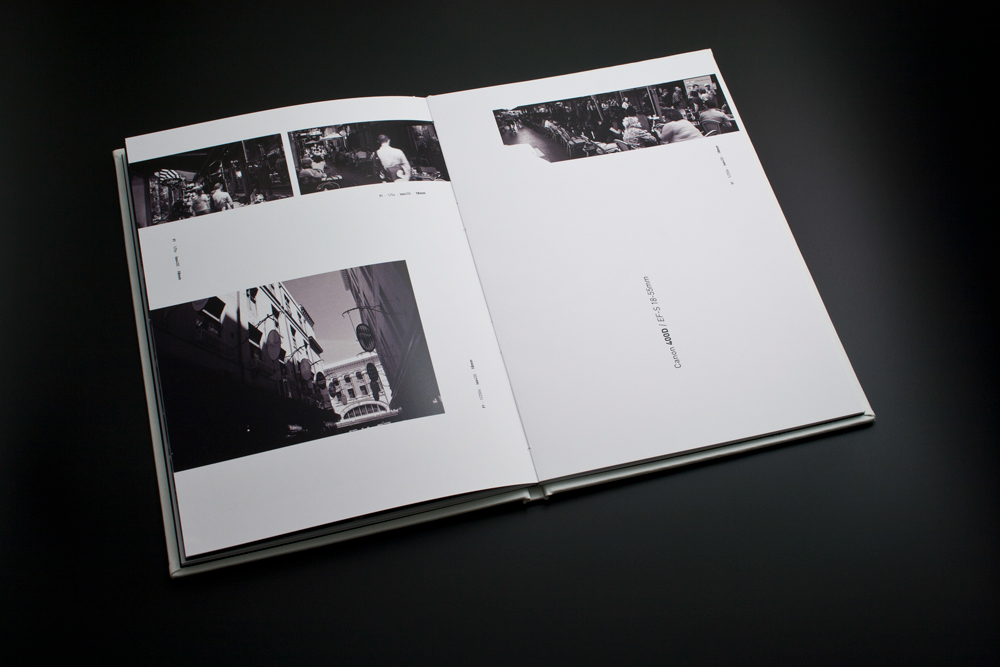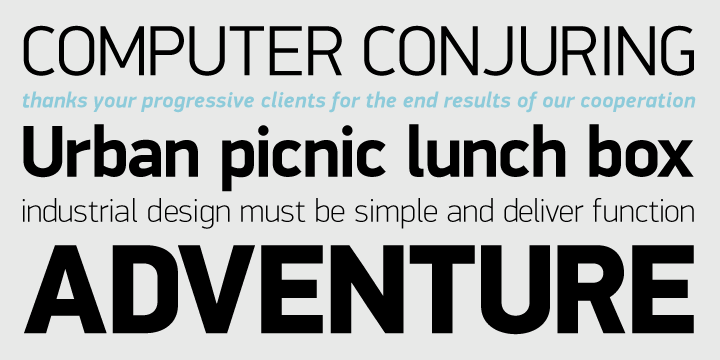


The history of the DIN typeface is a history of continual revisions, with each interpretation adding a new color to the concept.

#Din typeface buy free
With each new interpretation, the trend was refueled.Īmong the most interesting interpretations are those by Parachute (PF Din, 2002, free interpretation, largest extension), Linotype (DIN Next, 2008, soft overall impression), Paratype (DIN 2014, 2014), Dharma Type (Compasse, 2014, free interpretation), Astype (Vtg Stencil DIN, 2016, stencil variant), Type-Ø-Tones (DINosaur, 2016, based on upright standard typeface DIN 17), Revolver Type (Dinamit, 2017, based on Breitschrift), Microsoft (Bahnschrift, 2017 Grandview, 2021, first variable version, Uniwidth) and Fontsmith (FS Industrie, 2018, free interpretation). Not only was it used for a wide variety of projects, it was also followed by an increasing number of interpretations of the basic form. DIN became a typographic icon and still shapes the graphic design in many parts of the world today. Pool’s interpretation is still considered by many today, as the best version of DIN.Īfter FF DIN was further developed with italics and condensed widths, a veritable DIN boom began at the start of the millennium. For individual expression there are alternative round dots, oldstyle figures and a single-storey a. Also the x-height increased with the width of the stroke. Some characters were made rounder, and terminals of the letters, such as c or s, were finished with diagonal ends. To achieve this, he drew the horizontal strokes thinner and made the curves and their transitions to straight lines smoother. Pool succeeded in improving the legibility of continuous text without sacrificing the industrial rawness of the design. With the help of Achaz Reuß, Albert-Jan Pool expanded it to five weights and also extended its language support. In 1995, Erik Spiekermann recognized the growing trend and demand for DIN and so he suggested that Albert-Jan Pool redraw the typeface as FF DIN for his Berlin-based label FontFont. More and more designers turned to the typeface for its straightforward, constructed and timeless aesthetic. With this new availability, the graphic significance of the DIN type also gained momentum. This was before Linotype and Adobe cooperated in 1990 to produce the first digital publication of PostScript fonts, which were defined in the standard as the medium and narrow versions. In 1936, it was published for the fields of technology and transport.Īt the beginning of the 1980s, under the direction of Günther Gerhard Lange, the Berlin type foundry, Berthold, developed a version of the standardized typeface for phototypesetting. The committee started working on it in around 1924 and it became part of DIN 1451 “Normschriften – Engschrift, Mittelschrift, Breitschrift” (Standard typefaces – Narrow, Medium, Wide Typefaces). NADI began standardizing the lettering of technical drawings, starting in 1919 with oblique block letters and then in 1938 with upright standard lettering (DIN 16 and 17).Īs well as working on these standards, the committee also published a narrow grotesque typeface which was based on one by the Royal Prussian Railway Administration from 1905. However, this meaning is outdated today the three letters stand for the German Institute for Standardization, (Deutsches Institut für Normung) which sees itself as an independent platform.Ī century ago, engineers – under the leadership of the Siemens employee Ludwig Goller – began working for what was then known as the Standardization Committee of German Industry (NADI). The abbreviation DIN is sometimes assumed to stand for Deutsche Industrie Norm.


 0 kommentar(er)
0 kommentar(er)
